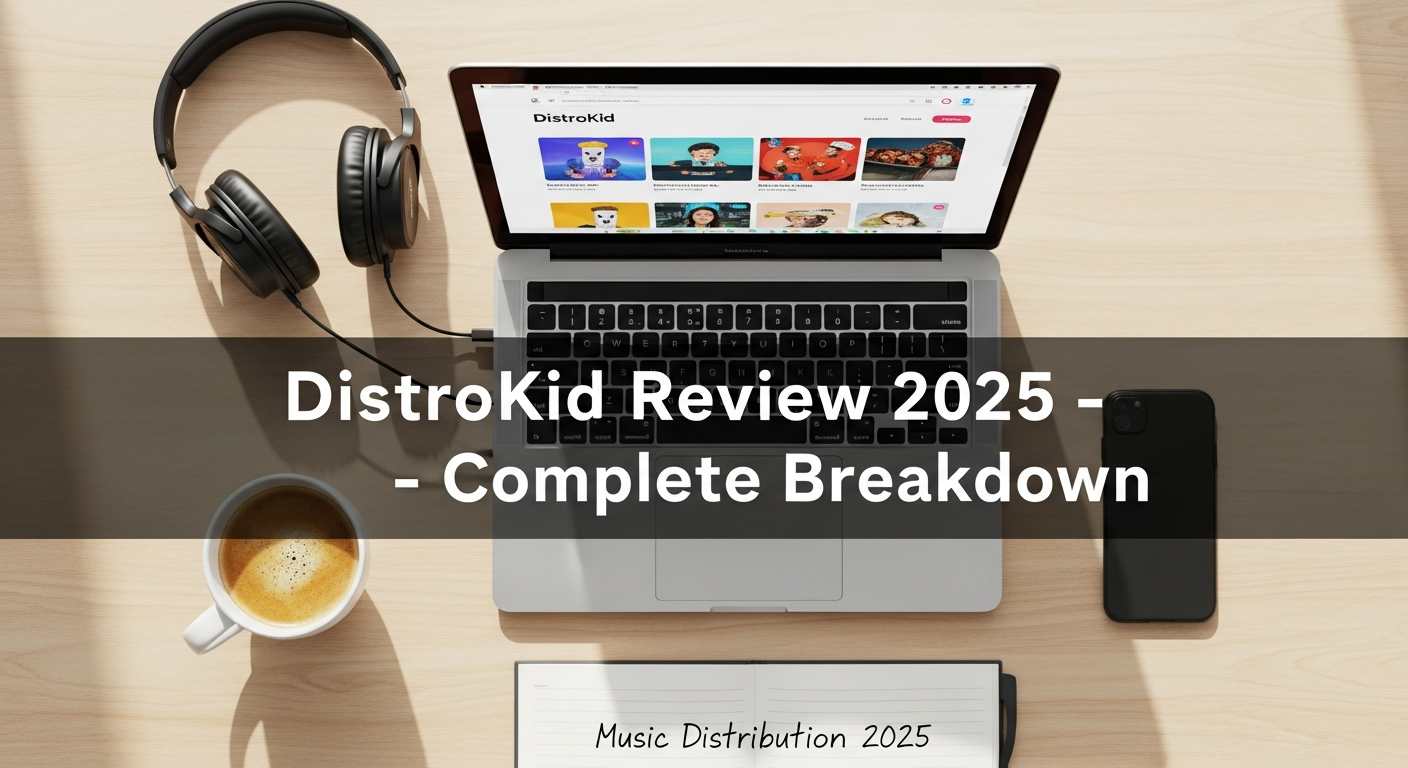🎵 Introduction
If you want your music to sound professional on Spotify, Apple Music, and YouTube Music, great mixing and mastering are non-negotiable.
In 2025, with more than 100,000 songs uploaded daily, home-studio artists must compete with pro-level sound quality.
This guide covers everything you need to know about music mixing and mastering for distribution — from essential tools to streaming loudness standards and export settings.
🎥 Watch this full tutorial before you start:
🎚️ What Is Mixing & Mastering?
| Stage | Purpose | Goal |
|---|---|---|
| Mixing | Balancing levels, panning, EQ, and effects | Create clarity and depth |
| Mastering | Final polish before release | Optimize loudness and consistency |
Mixing focuses on individual tracks, while mastering ensures the final track sounds cohesive across platforms and devices.
🧩 Step-by-Step: How to Mix Your Music Like a Pro
1. Start With Proper Gain Staging
Keep your tracks around -6 dB to avoid clipping during mixdown. Balanced gain allows room for mastering adjustments later.
2. Use EQ to Create Space
Cut unnecessary low frequencies and make space for vocals and kick. A good EQ layout ensures every element has room to breathe.
3. Control Dynamics With Compression
Use a gentle ratio (2:1 or 3:1) on vocals and drums. The goal isn’t to squash but to smooth performance peaks.
4. Add Reverb & Delay Tastefully
Use short reverbs for vocals and longer delays for pads or leads. Less is more — keep the mix natural.
5. Reference Your Mix
Compare your mix to professional songs in the same genre using A/B referencing plugins (like Plugin Alliance’s Metric AB).
🔊 Mastering for Streaming & Distribution
| Platform | Recommended LUFS | Peak Level |
|---|---|---|
| Spotify | -14 LUFS | -1 dBTP |
| Apple Music | -16 LUFS | -1 dBTP |
| YouTube Music | -13 LUFS | -1 dBTP |
Pro Tip: Use metering tools like Youlean Loudness Meter or iZotope Insight 2 to match streaming standards.
Key Mastering Chain Example:
- EQ (Linear Phase) – subtle tonal balance
- Multiband Compressor – tighten dynamics
- Saturation – add warmth
- Limiter – set the final loudness target
💻 Recommended Mixing & Mastering Tools
| Purpose | Plugin | Link |
|---|---|---|
| EQ | FabFilter Pro-Q 3 | Visit Site |
| Compressor | Waves CLA-76 | Visit Site |
| Limiter | iZotope Ozone 11 | Visit Site |
| Metering | Youlean Loudness Meter | Visit Site |
These tools ensure your mix and master meet commercial release standards for digital distribution.
📦 Preparing Your Track for Distribution
Before uploading to distributors like DistroKid or CD Baby, double-check:
✅ Export format: WAV 24-bit, 44.1 kHz
✅ Peak level: -1 dBTP max
✅ Metadata accuracy: artist name, ISRC, album art
✅ Reference your track on different playback systems (headphones, car, phone)
🔗 Internal Links (Related Reading)
- 🎧 How to Distribute Music in 2025
- 💿 Free Music Distribution Services (2025)
- 🎵 Spotify for Artists: Complete Setup Guide + Playlist Pitching Strategies
🌍 External Source References
💬 Final Thoughts
Perfecting your music mixing and mastering takes time, but consistency and practice will transform your sound.
Even with a home studio setup, you can achieve radio-ready quality using the right techniques and tools.
If you’re releasing music soon, make sure your mix and master meet distribution standards — it’s your final step before your music goes global.



